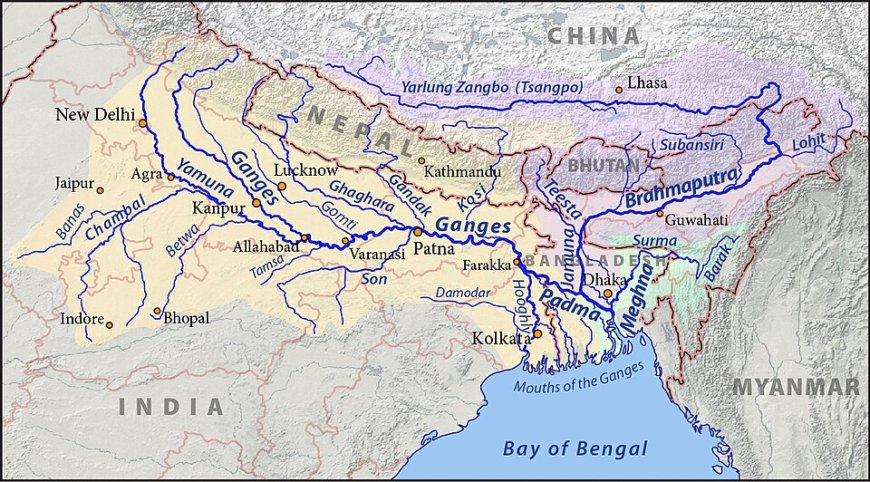China's Mega Dam in Tibet: Will It Flood India’s Future or Just Its Rivers?
China’s plan to build the world’s largest dam on the Yarlung Tsangpo in Tibet has raised major concerns in India. The river, known as Brahmaputra downstream, is crucial for India’s northeast.

Arunachal Pradesh [India] July 09: China’s green signal to build the Great Bend Dam on the Yarlung Tsangpo in Tibet has triggered serious concerns in India. This massive 60,000 MW dam is expected to be the world’s biggest, with power triple that of the Three Gorges Dam. The river, known as Siang in Arunachal, flows into Assam as the Brahmaputra. Indian officials, especially Arunachal CM Pema Khandu, worry the dam can be used like a “water bomb,” posing a direct threat to lives, land, and culture of local tribes.
Power or Threat? Why the Dam Matters to India
The Yarlung Tsangpo is not just a river in Tibet. It becomes India's Brahmaputra. It is a river that feeds millions. The Great Bend Dam project was being built in a fragile Himalayan zone. It could change the natural flow. China is not part of any global water sharing treaty with India. So India has no legal option to stop it. Experts warn that water can be used as a weapon by China. A sudden release or block of water may lead to floods or droughts in northeastern states, badly hurting farming and life in the region.
Voices from Arunachal: “We Cannot Stay Silent”
Arunachal CM Pema Khandu has openly said the dam could ruin tribal areas. “The Adi people and others near Siang will face loss of life and land,” he warned. The state has started its own counter project called the Siang Upper Multipurpose Project. This Indian dam, with 10,000 MW capacity, will serve two roles—produce electricity and control sudden water flow from China. Khandu has assured that tribal groups are being informed and included in every planning stage for the future of their river.
Earthquake Zones and Tunnel Risks
The Chinese dam will need to cut through the risky Namcha Barwa mountain region, which is earthquake-prone. Chinese engineers themselves have admitted the danger of landslides, tunnel collapse, and even bigger disasters. Reports suggest the dam will need 420 km of tunnels, a huge task in such terrain. Earlier, when China made the Three Gorges Dam, over a million people had to leave their homes. The same danger now hangs over parts of Tibet, and possibly Arunachal and Assam, if anything goes wrong.
No Treaty, No Trust: What Can India Do Now?
India cannot stop the project through international law because China has not signed any such agreement. That is why India’s reply is to build its own dam and prepare for emergencies. Arunachal has started local awareness meetings, especially with tribal leaders. “We must protect our own interests,” said Khandu. With no promises from China, India is focused on being ready, not helpless. As the Siang flows quietly, its future—linked with millions of Indian lives—waits for the next big decision on both sides of the border.

 Aryan K
Aryan K 





